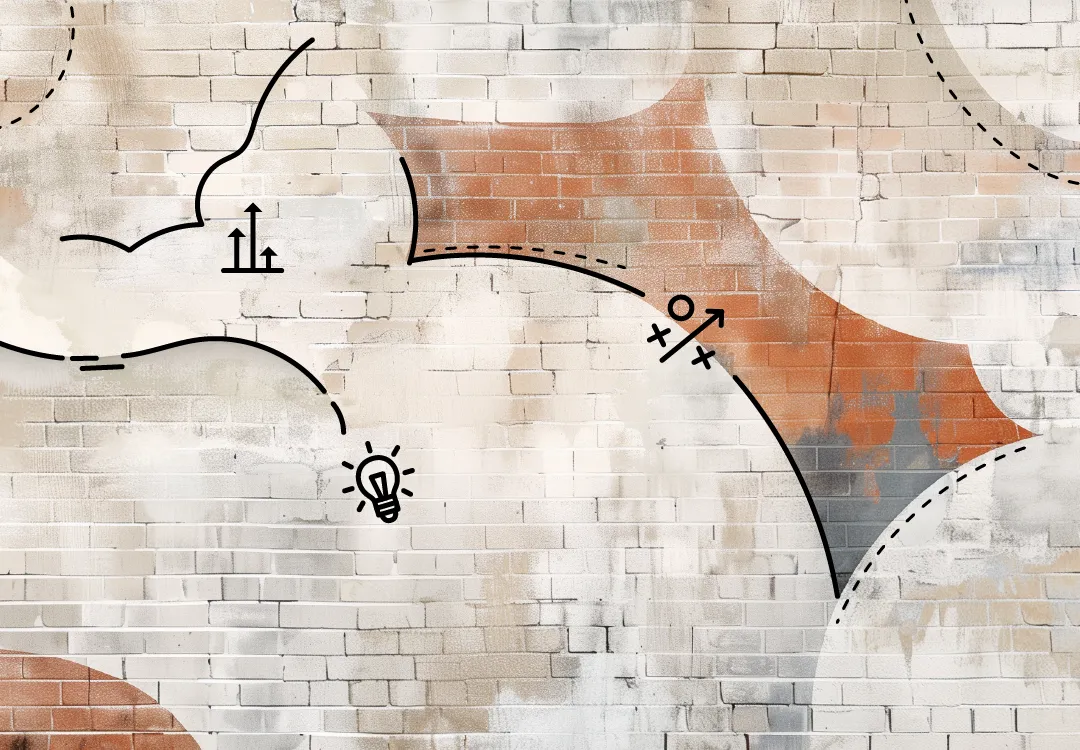Article
How to improve operational efficiency at government agencies: 5 strategies

Related services and insights
Organizational performanceHow to build resilience in your organization: A framework for business resiliency
Government agencies are no strangers to pressure as they often deliver essential public services in the face of tight budgets and constrained resources. With discretionary spending caps back in place and the expiration of a two-year budget deal, widespread budget cuts are a pressing reality. Many agencies have already implemented cost-saving measures such as hiring freezes, limiting overtime, reducing travel, and only filling essential roles. Trends like these are likely to continue, with further budget and workforce impacts imminent.
How can agencies more effectively execute their missions in the face of increasing resource constraints? The answer lies in improving short-term and long-term operational efficiency. By streamlining processes, implementing smart and targeted automations, and removing unnecessary low-value-add activities to speed response times and spur innovation, agencies can empower their people and operations to do more, even when they have less. Here’s where to get started.
Five strategies for improving operational efficiency:
1
Pinpoint uniquely human work to increase employee productivity
While humans excel in complex decision-making due to their rational and emotional capabilities, repetitive, low-value manual activities can overwhelm staff and hinder operational efficiency. Government agencies can alleviate this pressure by identifying tasks that are best suited for human expertise and those that can be automated. Rule-based processes with low exception rates are particularly well-suited for automation, enabling workflows to be streamlined and response times significantly expedited.
By embracing automation, agencies can accelerate workflows, reduce backlogs and improve the quality and timeliness of service delivery. Freeing up capacity through automation allows the workforce to focus on higher-priority tasks that require strategic thinking and specialized skills, ultimately driving better outcomes for the public.
Assessing critical workforce segments further enhances optimization by aligning current workloads with total capacity and identifying gaps with activity-based planning. Agencies can address these gaps by developing skills, reallocating work, optimizing processes, or implementing cross-training programs. Forward-thinking agencies take it a step further—modeling additional capacity scenarios to forecast potential impacts and proactively determine necessary actions.
2
Be deliberate about making technology investments
Technology drives operational efficiencies and reduces costs. For government agencies facing budget constraints, affordable automation solutions like low-code and no-code platforms are game-changers. These tools enable agencies to quickly implement automation without the need for large budgets or advanced programming expertise. With intuitive interfaces, they allow non-technical users to create, deploy, and maintain workflows that streamline operations and enhance service delivery.
However, regardless of how compelling, agencies should avoid jumping into automation simply to adopt the latest trend. If they do, they risk counterproductive inundation by simply layering flashy technology on top of a flawed process. Instead, they should collaborate with end users and technologists to collect functional and technical requirements, ensuring investments meet the day-to-day needs of their people and their operational goals. The result? More successful implementation of cost-effective, practical automation solutions that maximize operational impact without overstretching resources.
3
Collaborate across functions on operational scenario planning
Facilitated discussions and scenario planning exercises enable government agencies to identify, address, and mitigate operational risks and challenges—before they impact service delivery. By simulating real-world “what if” scenarios in a consequence-free environment, agencies can proactively prepare for potential disruptions and speed effective responses, rather than reacting under pressure.
Cross-functional collaboration is key to successful scenario planning. When agency leaders come together, they can anticipate the impacts on operations, employees, and citizens; uncover blind spots; stress test different solutions; and develop actionable strategies for mitigating risks. This forward-looking approach equips agencies to respond to disruptions more effectively, delivering value and maintaining trust.
4
Do more than implement solutions—empower employees
Implementing new technologies can power your operational efficiency goals. However, getting meaningful efficiency gains requires more than just “standing up the system.” Agencies need to empower employees to fully embrace the technology and shift to more efficient ways of working. Think of it as bringing the technology to life.
To begin, agencies should assess current workflows and efficiency gaps by engaging diverse teams and user groups to understand the current state. How are employees using the technology’s capabilities and features? What are the key challenges or “hot button” issues? Which outcomes remain unrealized—and why? By identifying these gaps, agencies can take decisive action to ensure their workforce is equipped to maximize the technology’s potential.
This includes realigning or tailoring workflows to optimize efficiencies and addressing gaps in user support, capacity, or skills. By enabling employees to confidently and effectively use the technology, agencies can unlock its full potential and drive sustainable improvements in operational performance.
5
Make operational efficiency everyone’s responsibility
Success hinges on government agencies continuous improvement in how they can work smarter and more effectively. Key to this is taking an interconnected approach that centers both on the operational changes and the people implementing them. This may involve rethinking governance and refining underlying processes to maintain engagement with stakeholders, ensure clear communication, and improve decision-making.
Agencies can create a culture of effectiveness by engaging, training, and holding end users, supervisors, and teams accountable to the specific actions they must adopt in their new ways of working. Leading agencies will establish systems to encourage innovation and empower employees to implement operational efficiency improvements. By creating structured processes for reviewing, testing, and actioning employee ideas, agencies can harness employee innovation to realize incremental and long-term efficiency gains.
Agencies can position themselves to sustain delivery outcomes by using the opportunity to operate more efficiently today and tomorrow.

